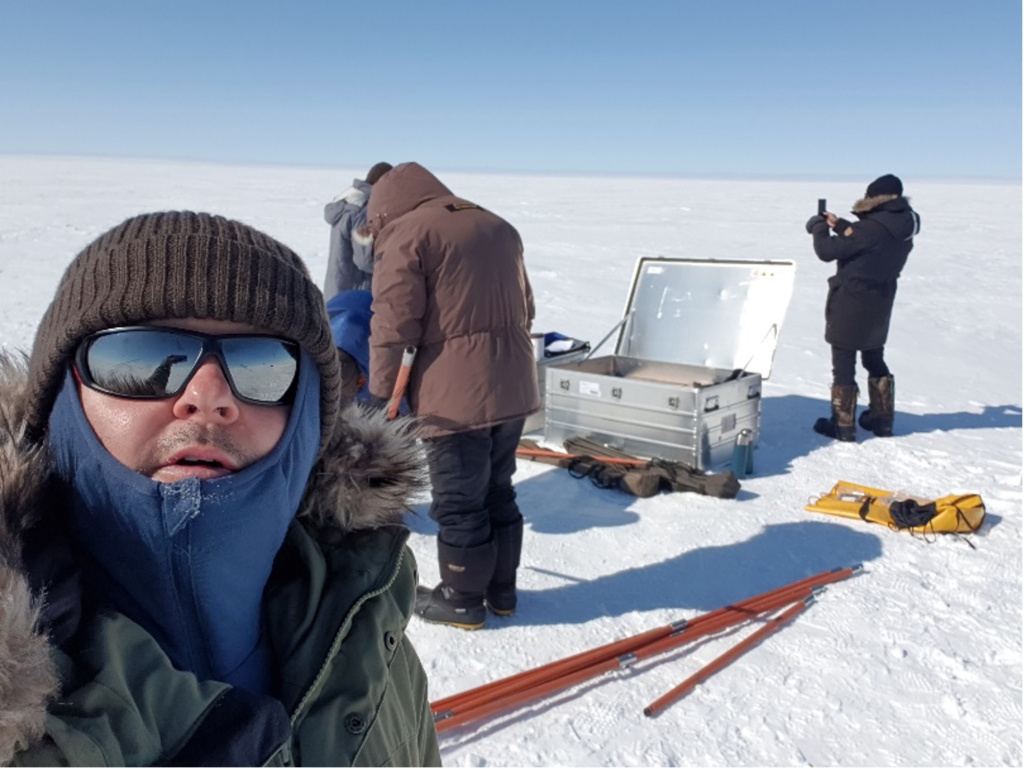22-EPN3-77: Preservation of Organic Matter in Glacial Lakes: Implications for Martian and Icy Moon Biosignatures
Visit by Charlotte Spencer-Jones (University of Durham, UK) and Sevasti Filippidou (Imperial College London, UK) to TA1.4 AU Greenland Kangerlussuaq Field Site (Greenland).
Dates of visit: 25 July – 02 August 2023
Report Summary: In the search for extra-terrestrial life, environments that have previously contained water are a key target. Glacial environments, such as those found in Greenland, are highly dynamic ephemeral systems with a range of habitat types that support many different species, from bacteria and archaea to large mammals and higher plants. Organic carbon (OC) compounds, the fundamental building blocks of life, can be used to trace different species and/or biogeochemistry. The aim of the fieldwork campaign was to characterise OC in the lake water column to establish OC synthesis patterns in glacial lakes. In this study we collected water, sediment, and soils from 13 sites from a range of lake types near Kangerlussuaq, Greenland.The second phase of this study will be to characterise organic compounds within the samples. The outcome of this work will be to establish the key parameters that control organic compound preservation with the potential to impact the interpretation of putative extra-terrestrial biosignatures.
Read the full scientific report with kind permission by Charlotte Spencer-Jones and Sevasti Filippidou.
Back to TA main page.
Back to Europlanet 2024 RI homepage.


